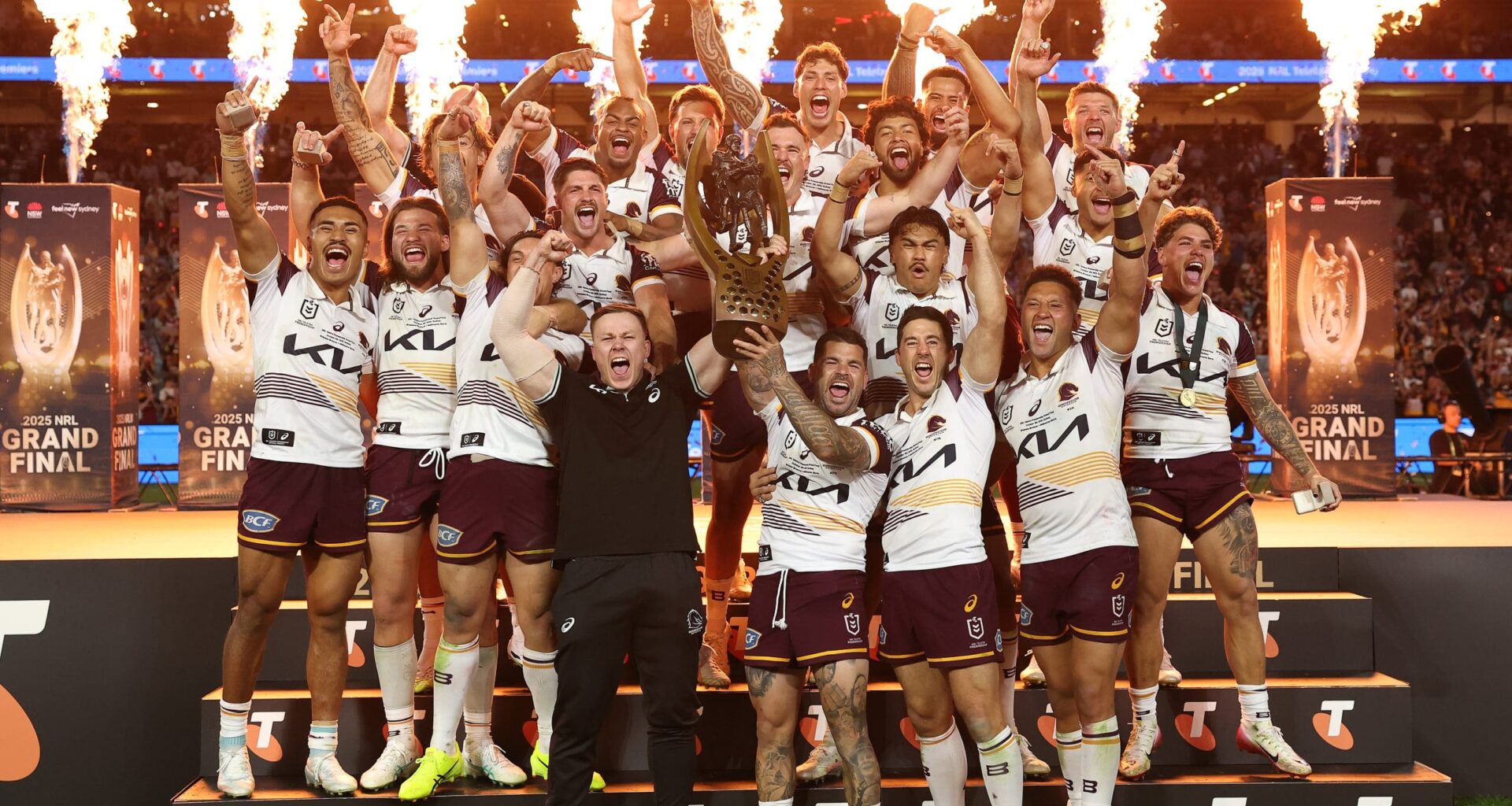One might think the end of the NRL premiership season is the end of the road; when the premiers have been announced, the identities of Dally M medalists revealed, and when rugby league eases to a stop for about five months or so before the next round begins.
For others, the end of the season is only just the beginning, with international events, such as PM’s XIII, Pacific Champs, and the newly revived Ashes popping up left and right.
For the premiers and co-premier fans, one thing is inevitable in the lead-up to the new season, namely, the World Club Challenge (WWC), where the top NRL team go head to head against the Super League premiers.
However, in the wake of recent events, the necessity of the WWC has sparked uncertainty, where logistics regarding organisation have turned the WWC into a WSC – a World Scheduling Challenge.
It all started early this year, when four-time premiers Penrith Panthers refused to play in a WWC match in England, due to fear of overworking players prior to a Las Vegas fixture already scheduled to kick off the season. The Panthers staff thought the feat of flying all over the world right as preseason starts may affect players negatively, therefore the WWC match was cancelled.
With fans set on the hopes that WWC might return this year, the same migraine also returns: Super League premiers, Hull KR, scheduled for the WWC against premiers Brisbane Broncos, is bound for a Vegas showdown against Leeds Rhinos.
While the match has been confirmed to continue, it would be played in England instead of Australia, as this arrangement would place less stress on Hull KR, who would play at home before heading to Vegas. However, this arrangement comes with its own problem.
The match is set to be scheduled at Craven Park, a stadium much smaller in size and holding capacity as compared to Suncorp Stadium. This could see almost 40,000 Broncos fans deprived of the chance to cheer on their team live on site.
With the way recent events have unfolded, the relevance of the WWC has been questioned and it is likely that the future of the challenge might come to an abrupt halt, especially as several years of planned Vegas fixtures and disruptions are yet to continue. However, the World Club Challenge is an integral part of both the National Rugby League, as well as the Super League and will only become more so should the code wish to expand.
Let’s face it. Despite Peter V’Landys’ best efforts of popularising the code, rugby league has very low rates of following outside of Australia, New Zealand and the Pacific Islands, and even within these nations, it is in a constant popularity contest against the union code.
The only major professional leagues that offer this game as a fulltime career are the NRL and the English Super League, with basically every other country in the world hardly recognising the 13-man game.
Even so, interactions between the Super League and the NRL remain minimal, except for perhaps, cross-league player signings. After all, the leagues are halfway around the world from one another, making it difficult to schedule fixtures that suit everybody’s agendas.
Yet, this reason alone is why the WWC is such a vital part of the game – for both leagues. For just once a season, there will be one international game between the champions of both leagues. Just once a season, there will be a game where two clubs represent not only themselves but their league, their nation and our game.
This is huge for not only players but for the expansion of our game, sparking speculation, rivalry and attention to not only individual clubs, but whole nations, and with it, our game! After all, the WWC 2026 will be the talk of not just Brisbane or Kingston upon Hull but Australia and England! The club-international layout allows for a more vocal competition where more about the sport is publicised.
When our two leagues bond together for just one fixture a year, it creates opportunities for public viewership and brings together two national sides in a friendly yet suspenseful competition.
If you think about it, the WWC, despite getting less media attention than the recent rugby league in Las Vegas, is just as important.
Las Vegas serves as a chance to shed more light upon our sport and to promote viewership in not just Australia but in the USA. The WWC has the exact same effect, as it’s not just a club or regional following, rather, an international one. If Peter V’Landys and the rest of the leagues’ management are so keen on the Las Vegas investment, why not the WWC too?
The WWC is vital more so now than ever before. With the NRL widely expanding and looking as far as to buying the Super League altogether, this relationship between the two big leagues who play our game must continue.
There may be obstacles, such as Las Vegas scheduling and anything else that may potentially crop up but we must up our game and do our best to keep this challenge alive.
As WWC 2026 kicks off in March, may this spectacular icon of the two-league code remain consistent in our sport. Now is the time to push this game to the next level, and for that to happen, us two leagues must work alongside one another… at least until we buy them.

